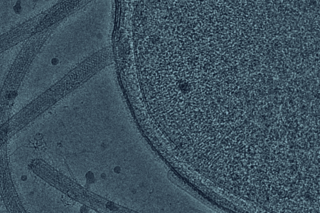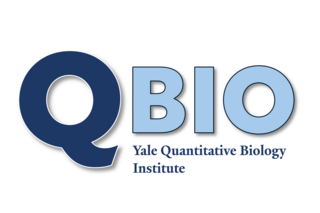The Quantitative Biology Institute at Yale (QBio) serves as the University’s central hub for research and education at the intersection of biology, physics, mathematics, engineering, and computer science. QBio seeks to understand how biological systems solve problems and how the structure, organization, and behavior of living systems emerge from such problem-solving. By decoding the problem-solving algorithms shaped by evolution, QBio aims to reveal the logic of life and train the next generation of interdisciplinary scientists.
Explore the people and the research highlights of QBio faculty members:
News
-
New View of Cholera ‘Tail’
YSM researchers and Jing Yan’s Lab used a new microscopy techniques to reveal the molecular structure of the flagella that could inform new treatment.
-
A new tool for understanding chromosome abnormalities in the eggs of older women
Researchers from Binyam Mogessie Lab describe their new method in journal Nature Aging.
-
Dixit awarded $2 million from Bezos Earth Fund
The team is using AI to figure out how to reduce emissions from livestock’s gut microbiome.
Events
-
- PEB Discussion Group
Dynamic speckle illumination microscopy with tailored speckles (SeungYun Han) and QOBRA: A Quantum Operator-Based Autoencoder for De Novo Molecular Design (Yue Yu)
-
-
- PEB Discussion Group
Achieving nuclear envelope identity through the lens of endoplasmic reticulum connectivity (Marc Goudge) and SUN2 acts as a mechanosensor for fibrotic response (Aya Nassereddine)
Funding
The faculty members of the Yale Quantitative Biology Institute gratefully acknowledge the financial support from several funding agencies, including Alfred P. Sloan Foundation, Gordon & Betty Moore Foundation, Human Frontier Science Program, National Science Foundation (NSF), National Institutes of Health (NIH), The Pew Charitable Trust, US Department of Energy, Yale University, etc.





